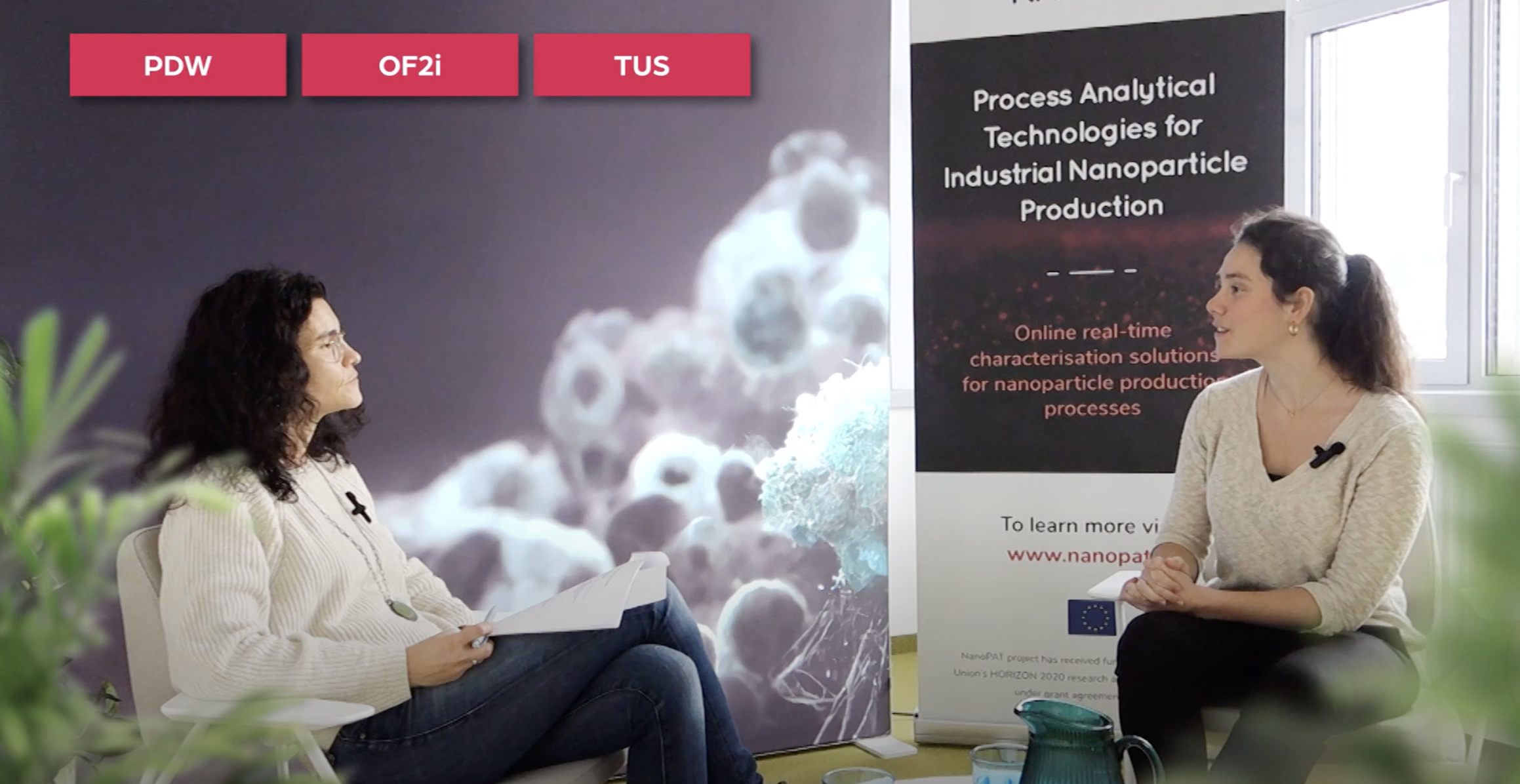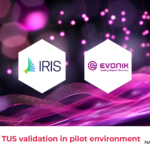As the project is coming to an end, we have asked our RTO’s and end users about their experiences using the different technologies that have been developed within NanoPAT. We have asked them different questions:
- What they produce in their organisations
- The reason why they are users on the specific PATs in their production lines
- The main advantages and benefits that they can highlight in comparison with their reference technologies
- Challenges they have experienced during the installation process of the technology devices or with the PAT technology itself
- In which scientific fields they were able to win knowledge due to the incorporation of the PAT
Stay tuned … more interviews to come!!
Key information about the project:
- Within NanoPAT three novel complementary real-time in situ particle size characterisation technologies (Process Analytical Technologies (PAT)) have been further developed in NanoPAT, from the “lab status” (TRL 4), on the RTO partners, to a technology demonstration level for inline/online process monitoring at pilot scale in the industrial environment (TRL 6), on the NanoPAT industrial partners: (1) Photon Density Wave Spectroscopy (PDW) (Partner Lead: PDWA); (2) OptoFluidic Force Induction (OF2i) (Partner Lead: BRAVE), and (3) Turbidity Spectrometry (TUS) (Partner lead: IRIS)
- These are our RTO partners:
- Universidad del País Vasco/Euskal Herriko Unibertsitatea / POLYMAT
- University of Potsdam (UP)
- Medical University of Graz (MUG)
- Zurich University of Applied Science (ZHAW)
- And these, our industrial partners / end users: Covestro, Evonik, FLUIDINOVA, Arkema and Creative Nano
NanoPAT has validated/is validating the combination of different nano-characterization technologies (PDWA, OF2i and TUS) in 5 industrial case-studies, demonstrating the viability of the proposed PAT solutions for the industrial NPs production of polymers, silica, hydroxyapatite, zeolites and for the dispersion of ceramic NPs into coatings via electrodeposition method:







